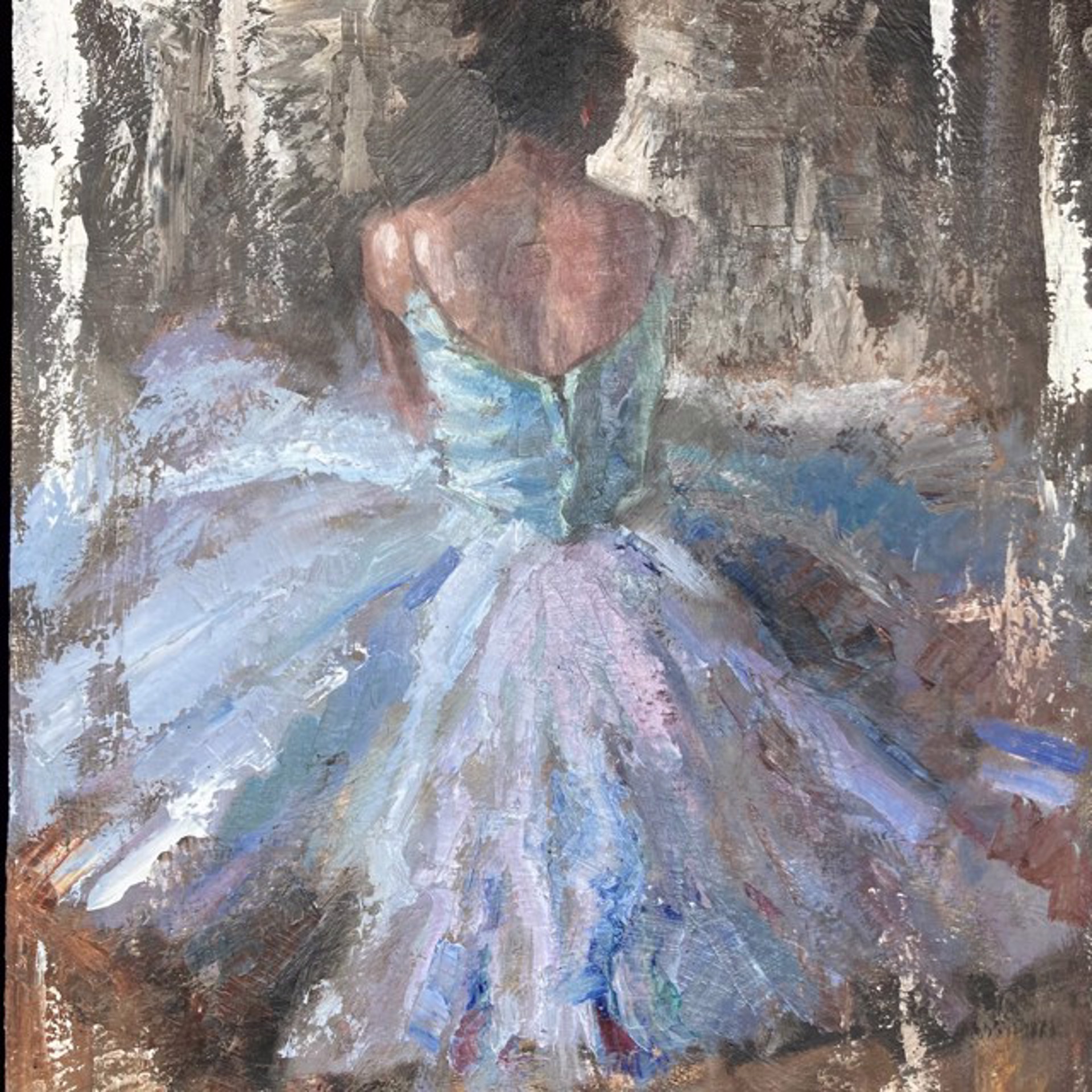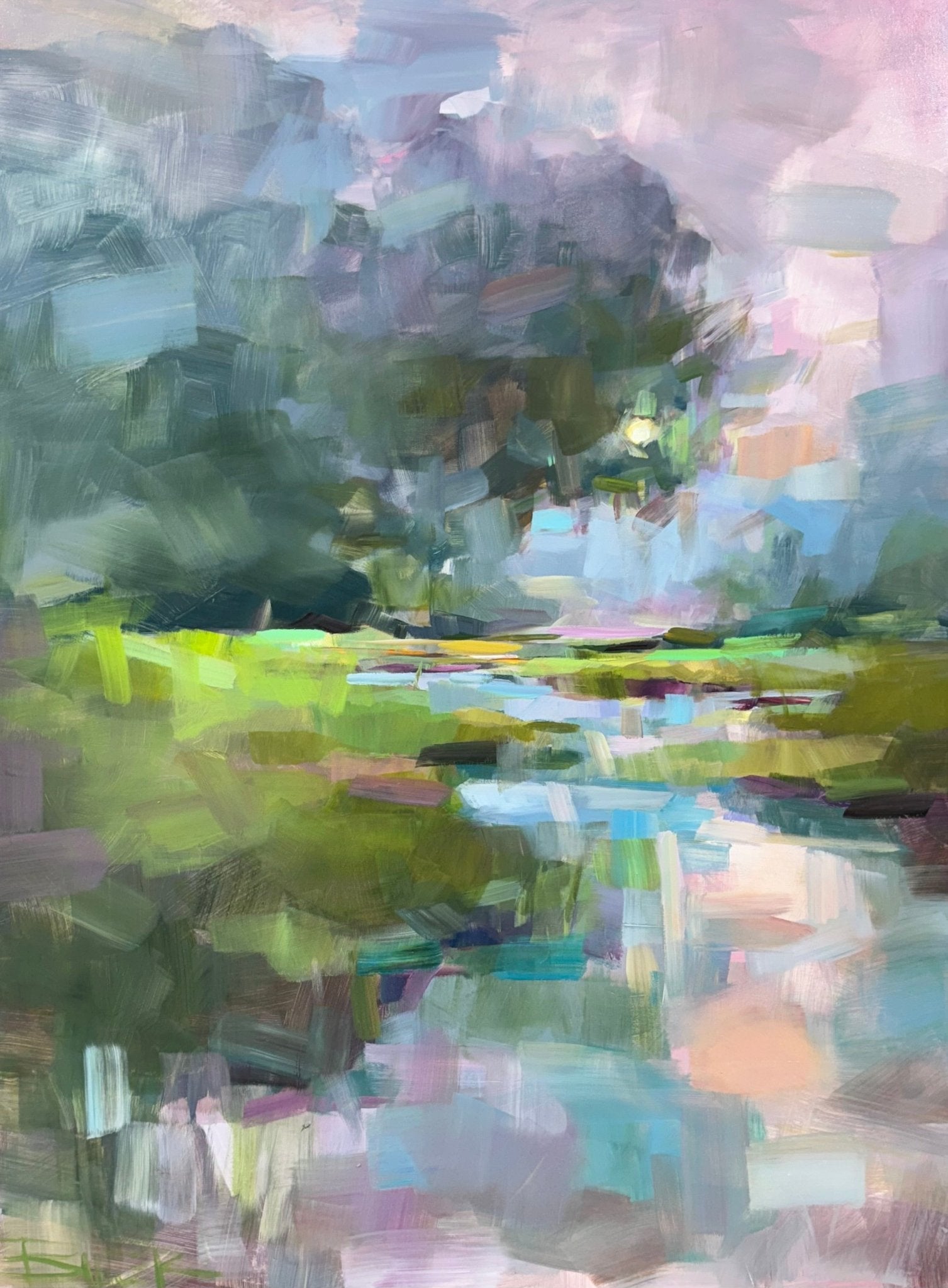Exploring All Concerning Oil Paints: An Overview to Recognizing Their Elegance and Worth
Oil paints have actually captivated audiences for centuries, using a peek into the artistic proficiency of various eras. Their rich history is intertwined with innovative methods and profound emotional expression. Recognizing the materials and methods behind these art work can improve gratitude. Additionally, the marketplace for oil paints presents opportunities for financiers and collectors alike. As one discovers this fascinating globe, the question arises: what makes an oil paint really useful?
The Background of Oil Painting: A Trip Through Time
Oil painting has origins that date back to ancient times, it absolutely flourished during the Renaissance, when musicians discovered its convenience and rich shade potential. Early examples can be mapped to the 7th century, with strategies developing especially across societies. The medium ended up being prominent in Northern Europe in the 15th century, particularly via the works of artists like Jan van Eyck, that pioneered its usage for detailed realism and lively hues. This period noted a departure from tempera paints, enabling for greater deepness and texture. As oil paint spread, it influenced numerous musicians, resulting in work of arts by renowned figures such as Leonardo da Vinci and Rembrandt. The tool's heritage continues, shaping the art globe well right into modern times.
Comprehending Oil Repaints: Products and Techniques
As artists discover the world of oil paints, they come across a varied array of materials and methods that specify this tool. The primary elements of oil paint consist of pigments, which give color, and drying oils, such as linseed, that bind the pigments and assist in application. Various additives can modify the paint's structure and drying out time, enhancing versatility. Methods like glazing, where clear layers are accumulated, and impasto, which includes applying thick paint, enable for various aesthetic results. In addition, making use of brushes, palette blades, and even fingers can create unique appearances and surfaces. Recognizing these products and methods makes it possible for artists to totally share their creative thinking and attain the desired impact in their artwork.
The Role of Color in Oil Paints
Color plays a critical role in oil paints, influencing both aesthetic appeal and emotional resonance. Understanding shade theory basics, consisting of the relationships in between colors, can enhance a musician's capability to convey state of mind and environment. Furthermore, mastering shade mixing strategies enables for greater deepness and richness in a painting's scheme.

Color Concept Essential
Comprehending color theory is vital for artists collaborating with oil paints, as it develops the foundation for producing visually appealing and harmonious compositions. Color theory encompasses the study of just how colors connect, the color wheel, and the relationships in between primary, second, and tertiary colors. Musicians make use of complementary shades to enhance contrasts and produce prime focus, while similar shades promote unity and cohesiveness within an item. Furthermore, the concepts of cool and cozy shades affect the understanding of depth and room in a paint. Comprehending these principles permits musicians to adjust shade efficiently, directing the audience's eye and interacting their intended message. Proficiency of color concept ultimately enriches an artist's ability to convey feelings and concepts with their job.
Psychological Influence of Shade
The emotional effect of shade in oil paintings plays a critical duty in exactly how viewers connect and regard with artwork. Colors evoke particular feelings and moods, influencing the audience's mood. Cozy colors like oranges and reds can create a sense of heat and power, while cool tones such as blues and eco-friendlies often stimulate peace or introspection. Artists strategically pick shade combinations to improve narrative elements, assisting the audience's psychological journey. The saturation and contrast of shades even more magnify these impacts, attracting attention and creating focus. Inevitably, the interaction of shades in oil paints not only boosts their visual charm yet likewise acts as a powerful tool for emotional expression, enriching the visitor's experience and analysis.
Shade Mixing Techniques
While lots of elements of oil painting add to the general make-up, understanding shade blending strategies is vital for attaining preferred results and deepness. Shade blending can be come close to with different techniques, including the subtractive and additive processes. Additive blending entails integrating colors of light, while subtractive blending depends on pigments, where colors mix to create brand-new shades. Artists typically use a limited combination to create harmonious jobs, recognizing the partnerships between main, secondary, and tertiary colors. Techniques such as glazing and scumbling even more enhance deepness and luminosity. By masterfully blending shades, a musician can stimulate emotions, produce prime focus, and accomplish a sense of realistic look, inevitably raising the painting's psychological and aesthetic effect.
Famous Oil Painters and Their Iconic Works

Famous for their mastery of shade and strategy, oil painters have actually produced some of one of the most renowned art work in history. Renowned artists like Vincent van Gogh captivated audiences with his stirring brushwork in "Starry Night," while Claude Monet's "Impact, Dawn" prepared for Impressionism. Leonardo da Vinci's "Mona Lisa" stays a long-lasting symbol of imaginative genius, showcasing his skill in catching human expression. On the other hand, Rembrandt's "The Evening Watch" illustrates his cutting-edge use of light and shadow. Various other noteworthy figures include Pablo Picasso, that revolutionized modern-day art with his strong experimentation in jobs like "Les Demoiselles d'Avignon," and Georgia O'Keeffe, whose vivid depictions of flowers and landscapes aided define American modernism. Each artist's unique design added greatly to the oil paint landscape.
Exactly how to Examine the Quality of an Oil Painting
Reviewing the top quality of an oil painting entails a cautious evaluation of craftsmanship strategies, along with an analysis of shade and make-up. Observing brushwork, layering, and the application of paint can expose the artist's ability level. Additionally, the interplay of colors and the total plan of elements add considerably to the paint's visual worth.
Examining Workmanship Methods
A thorough assessment of craftsmanship techniques is important for determining the quality of an oil painting. Evaluators need to first analyze the application of paint; thick, distinctive brushstrokes might recommend a proficient hand, while overly uniform applications can show a lack of depth. oil paintings for sale. The layering technique is additionally vital; the existence of glazes and varied thickness can boost luminosity and intricacy. Additionally, the top quality of the products made use of, such as the canvas and pigments, plays a considerable duty in toughness and overall visual. Attention to detail in components like edges and shifts between shades reflects the musician's commitment to their craft. Eventually, these techniques add to the paint's psychological influence and market price, serving as signs of the artist's skill and intent
Analyzing Color and Make-up
While examining the quality of an oil painting, one need to concentrate on the interaction of color and structure, as these components are fundamental to the art work's total effect. Shade choices can evoke feelings and establish mood; as a result, the musician's combination must be analyzed for consistency and comparison. A well-balanced make-up directs the audience's eye and develops a sense of unity. Artists frequently utilize techniques like the regulation of thirds or leading lines to enhance visual passion. Additionally, making use of light and darkness can add depth, boosting the three-dimensionality of the painting. Inevitably, an effective oil painting weds color and composition, engaging the customer and inviting a much deeper appreciation of the musician's vision and strategy.
Taking care of and Preserving Oil Paintings
Appropriate care and preservation of oil paints is important for maintaining their honesty and long life. To secure these artworks, it is important to display them far from straight sunlight, which can cause fading and discoloration. Preserving a stable environment with regulated temperature and moisture additional aids in preventing damages. Cleaning up must be done gently using a soft, dry cloth, staying clear of any type of harsh chemicals that can hurt the paint or varnish. Regular inspections for indicators of wear and tear, such as flaking or cracking, are suggested. When moving or storing oil paintings, correct cushioning and framework are needed to avoid physical injury. Eventually, diligent treatment adds to the aesthetic allure and value of oil paints in time.
The Marketplace for Oil Paints: Investing and gathering
Recognizing the market characteristics for oil paints is necessary for investors and enthusiasts alike. The value of these artworks is affected by numerous elements, consisting of the musician's credibility, historic importance, and present fads. Collectors commonly look for items that resonate personally while taking into consideration potential gratitude in worth. Galleries and public auctions act as primary locations for acquiring and marketing, with prices rising and fall based upon demand and rarity. Investing in oil paints needs research into the marketplace, as well as an understanding of credibility and provenance. Additionally, arising musicians get more info may provide chances for substantial returns, while developed names can command high costs. On the whole, a strategic method to gathering can produce both aesthetic pleasure and economic rewards.

Regularly Asked Concerns
What Are the Ecological Effects of Oil Painting Products?
The environmental influences of oil painting products include the launch of unstable organic substances (VOCs), hazardous waste generation, and source removal for pigments. These factors add to contamination and environmental deterioration, raising problems among eco conscious musicians and consumers.
Exactly How Do Different Canvases Impact Oil Paint Results?
Various canvases influence oil painting results considerably. Absorbency, surface, and structure quality can modify paint application, drying out times, and color vibrancy. Artists often choose specific canvases to achieve desired results and enhance their creative expression.
Can Oil Paintings Be Brought Back if Harmed?
If harmed, Oil paintings can undoubtedly be recovered. Expert conservators utilize various strategies to fix splits, clean surface areas, and address staining, guaranteeing that the art work maintains its original beauty and worth for future generations.
What Are the Signs of an Initial Oil Painting?
The signs of an initial oil painting consist of visible brush strokes, texture variants, and an unequal canvas weave (oil paintings for sale). Additionally, credibility may be validated with provenance, trademarks, and the existence of a varnish layer unique to oil mediums
How Has Modern Technology Influenced Modern Oil Painting Techniques?
Modern technology has considerably affected contemporary oil paint techniques by presenting digital devices for planning, boosted materials for structure and longevity, and on the internet systems for selling and sharing art, consequently expanding artists' innovative opportunities and audience get to. Oil paint has roots that date back to old times, it truly grew throughout the Renaissance, when artists found its flexibility and rich shade possibility. The emotional effect of shade in oil paintings plays a crucial function in just how audiences regard and connect with artwork. While numerous facets of oil paint contribute to the general make-up, mastering shade mixing strategies is necessary for accomplishing preferred effects and deepness. Reviewing the high quality of an oil painting entails a cautious assessment of craftsmanship strategies, as well as an evaluation of color and make-up. While reviewing the top quality of an oil paint, one must focus on the interaction of color and structure, as these aspects are essential to the art work's general effect.
Comments on “Colorful Nature-Themed Oil Paintings for Sale”